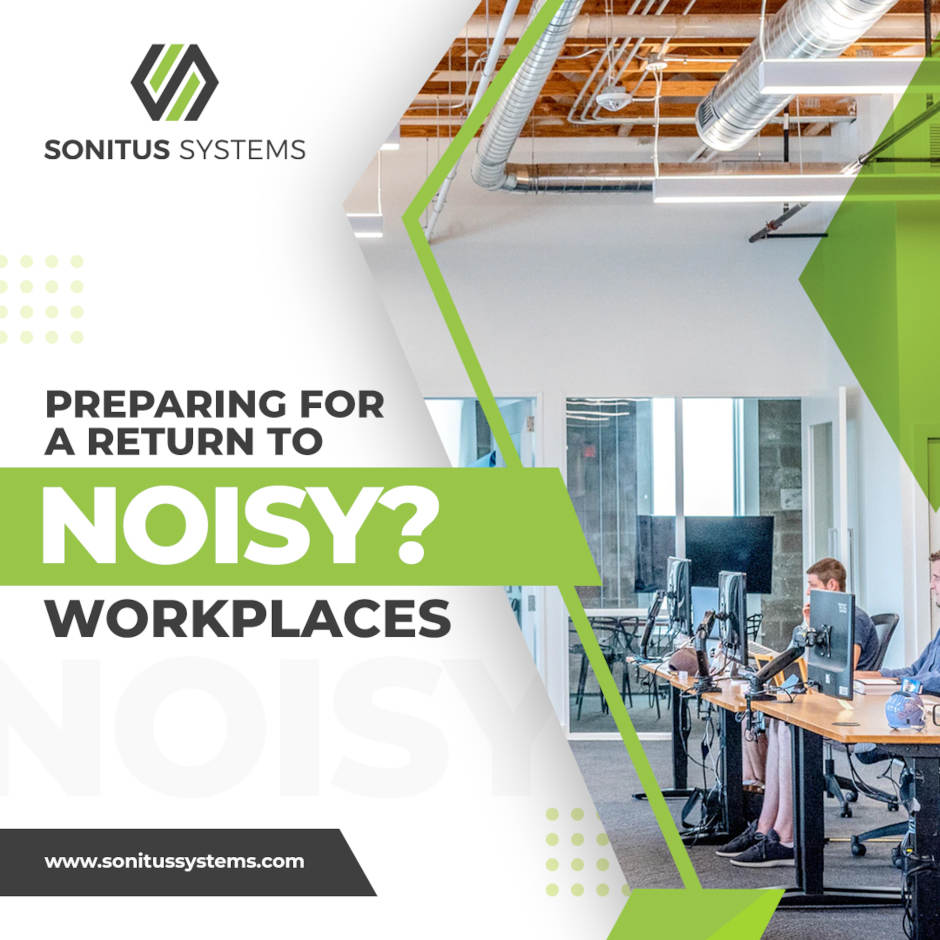As cities all around the world ease workers back into workplaces, building owners and managers are looking at ways to make this transition easier for people.
It has been a long year of disrupted work for most people. While work continued remotely for many over the past 12 to 15 months, those were arguably the lucky ones. For most frontline workers,
despite difficult conditions, their workload doubled; while for workers whose role simply did not allow it, their work evaporated. Irrespective of the individual circumstances, heightened stress is
the one common feature of the pandemic.
As cities all around the world ease workers back into workplaces, building owners and managers are looking at ways to make this transition easier for people. Returning to the workplace after
such a prolonged absence would be stressful at any time, and this has been further exacerbated by the ongoing virus threat. With anxiety generally heightened for most people, any additional or
unnecessary stressors must be avoided. It is unsurprising that employers are taking the transition of their teams back into the workplace seriously and looking to technology for help. One of these
workplace stressors being targeted by technology offerings is noise. In fact, flexible office space provider, Convene, has documented how ‘Office Noise Can Wreck Your Work Day’. The interior architecture and design trends towards open plan can be wonderful for team collaboration, however, these can also lead to noise management challenges for employers and their staff.
A 2019 Noise and Wellbeing at Work Survey carried out in the UK found that more than half of respondents reported being interrupted in work by noise more than five times a day. More than 40 percent
said that noise contributed to stress at work, and 65 percent reported that noise had a “negative impact” on their ability to complete a task accurately and on time. Less than 4 percent of the respondents
were never disturbed by noise at work. These are eye-opening statistics and warrant attention and action by employers.
Adherence to safe noise levels has long been an issue for industrial and other traditionally ‘noisy’ workplaces, but offices were rarely included in this. In more recent years, noise management has
become a feature of good workplaces. This is due in part to improvements in workplace conditions, and in part to a growing awareness about the dangers of excessive noise on human health, which the
Sonitus Systems’ team has documented here many times. These dangers range from mild – an inability to concentrate disrupting team productivity, to severe – impacting hearing and physical and mental
health. As stated in the above Convene article, “While it takes noise at a level of 85 decibels or above to damage hearing over time (something that’s common in industries such as construction or
manufacturing) office workers aren’t exempt from possible harm. A large office often has a noise level of about 50 decibels, which not only is more than enough to cause significant distraction, but
also may result in workers plugging in their headphones and turning up the music, which can cause hearing problems if the volume is loud enough to drown out office noise”. Also, “prolonged exposure to
certain noises in the office – especially when paired with the stress of making that deadline – can actually trigger a stress response in the body and cause health issues like high blood pressure and
hypertension”. You can learn more about the role of workplace acoustics in supporting employee wellbeing here: The role of acoustics in supporting employee wellbeing
While noise cannot be eliminated altogether, it can certainly be monitored, measured and managed in order to enhance the peace and wellbeing of occupants within a building. This begins by
determining the level of noise encountered daily by employees by monitoring the work areas, including common areas and walkways linking these. The team at Sonitus Systems can help…
Sonitus Systems offers both the hardware and software for a range of environmental parameters on a continual basis, with real-time information available through our Sonitus Cloud dashboard.
For more details on our indoor and outdoor noise and air quality monitoring products and services, please contact the team at www.sonitussystems.com/contact/contact.html
